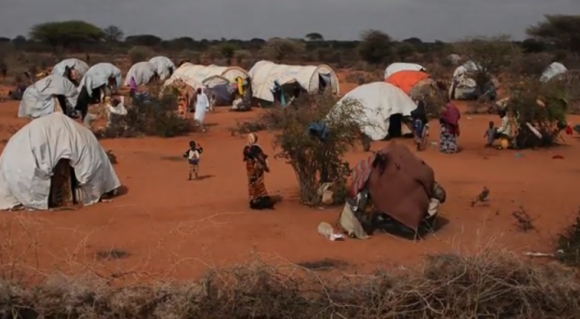
Somali refugees in Kenya lack basic access to communication and information about the aid and services available to them. From Internews:
The assessment surveyed over 600 refugees and shows that large numbers of displaced Somalis don’t have the information they need to access basic aid: More than 70 percent of newly-arrived refugees say they lack information on how to register for aid and similar numbers say they need information on how to locate missing family members. High figures are also recorded for lack of information on how to access health care how to access shelter, how to communicate with family outside the camps and more.
The report suggests a number of excellent solutions:
The report makes several recommendations, including: conducting workshops on communications for humanitarian organizations; establishing a humanitarian communications officer in Dadaab for communicating with affected populations; increasing support to Star FM, the main Kenyan broadcaster in Somali language, for broadcasting local humanitarian information; and establishing a communications research hub and a media training center for both host and refugee communities. It is important to note that the UN Refugee Agency (UNHCR) has already set up an Information Dissemination Group to specifically look into the communications needs of local communities “in the light of the current emergency and identified gaps by Internews’ assessment†(page 11).
What are some of the other ways that communication and access to information can be increased within the Dadaab camps?
Generally when media makers theorize on hyperlocal content, they consider it only in the context of developed communities with ready access to communication infrastructure (internet, television, etc). Further it is usually considered only as a complement to wider-scope media (such as the pairing of local news with nightly national news in the United States).
But the camp in Dadaab provides an especially difficult case, with its lack of access to most IT infrastructure (meaning no Facebook, no crowdmapping), and its need for exclusively local content (no need for international media organizations). The solutions that might immediately come to mind are almost certainly unworkable here.
Instead what is required is a concentrated effort on building the capacity of locals inside the camp to communicate and access information themselves. With this in mind, we can judge the recommendations of Internews’ report to be very much on the right track.
Expanding existing media systems, such as their example of StarFM, and developing the capacity of community leaders, as shown in the video, to provide their constituency with the necessary information will help move toward a realistic solution within the constraints of life in the refugee camp.
What else can be done? And what lessons – on hyperlocal media, on community information and communication, and on development, can be learned from the case of Dadaab?